Assignment Earth: Zombie Subdivisions – The Joy Trip Project

Fall-out from the housing market bubble isn’t just affecting the suburbs of major metropolitan areas. Rural communities throughout the Rocky Mountain west are suffering too. Teton County Idaho with a population of fewer than 10,000 now has an astonishing 7,000 vacant lots, rural farms now converted to cul-de-sacs to nowhere. It’s a surplus some say could take anywhere from 70 to nearly 300 years to build out even if the economy picks up.
“It really looks like a wasteland. Its blight and we have zombie sub-divisions just like this all over our valley,” said Anna Trentadue of Valley Advocates for Responsible Development. “And some of them appear to be in some of our most sensitive habitat areas.”Trentadue works for a non profit that deals with growth. With a diminished market making it tough for developers to finish what they started, here the group is ceasing an opportunity to try to reshape rural development. The hope is to avoid building on all the vacant lots which would create sprawl, a development pattern that’s expensive for tax payers who maintain the roads bridges and school bus routes that serve these far flung sub divisions. The group also aims to avoid carving up all the farmland and this valley’s rich wildlife habitat, bordering the southern end of the great Yellowstone ecosystem.
Teton Valley is home to Grizzlies, wolves, moose elk and many other species. To reshape growth, this non-profit is teaming up with developers, national experts and local government to see if some unfinished subdivisions can be redesigned to reduce the number of vacant lots, leaving more open space.



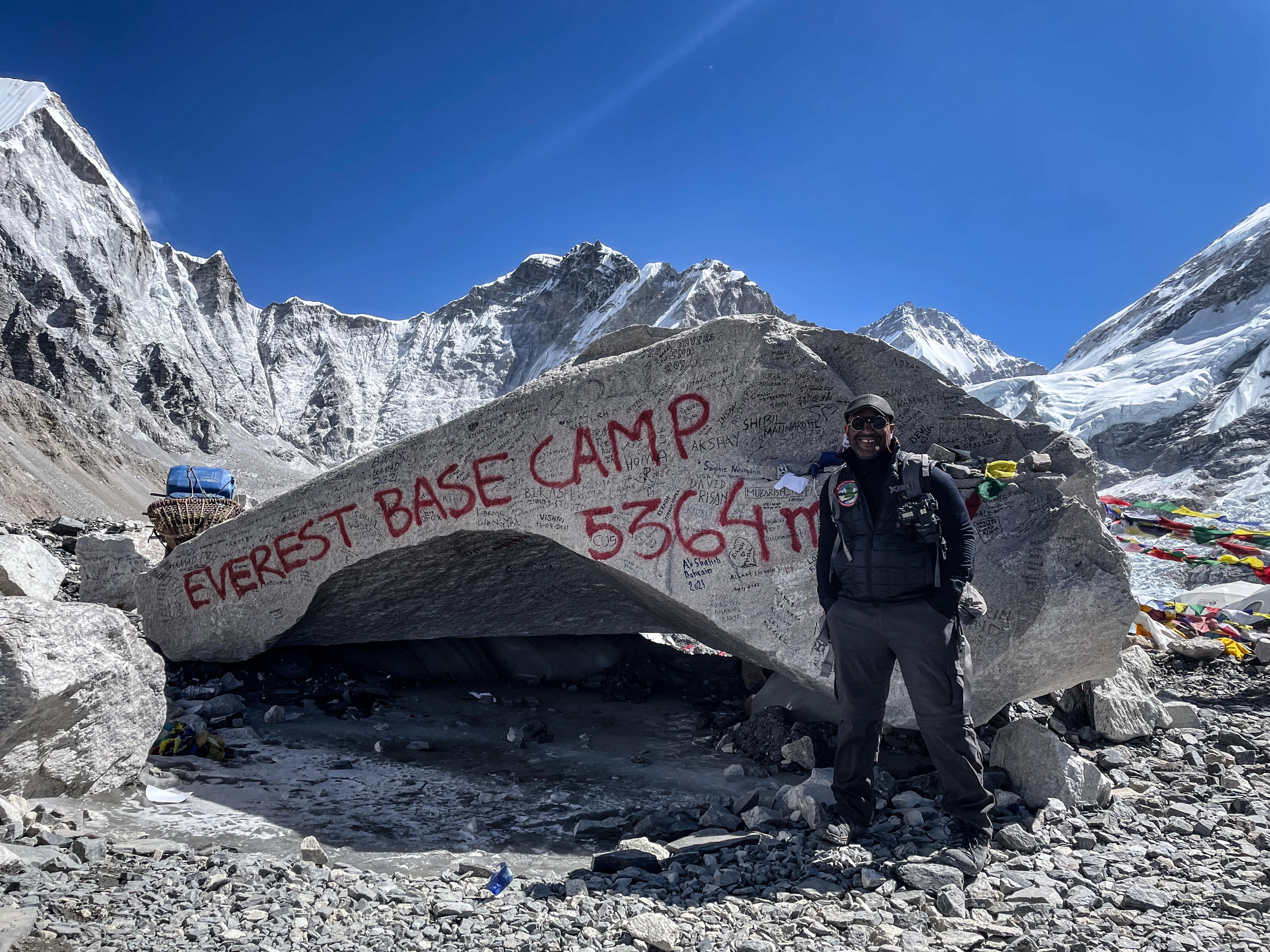

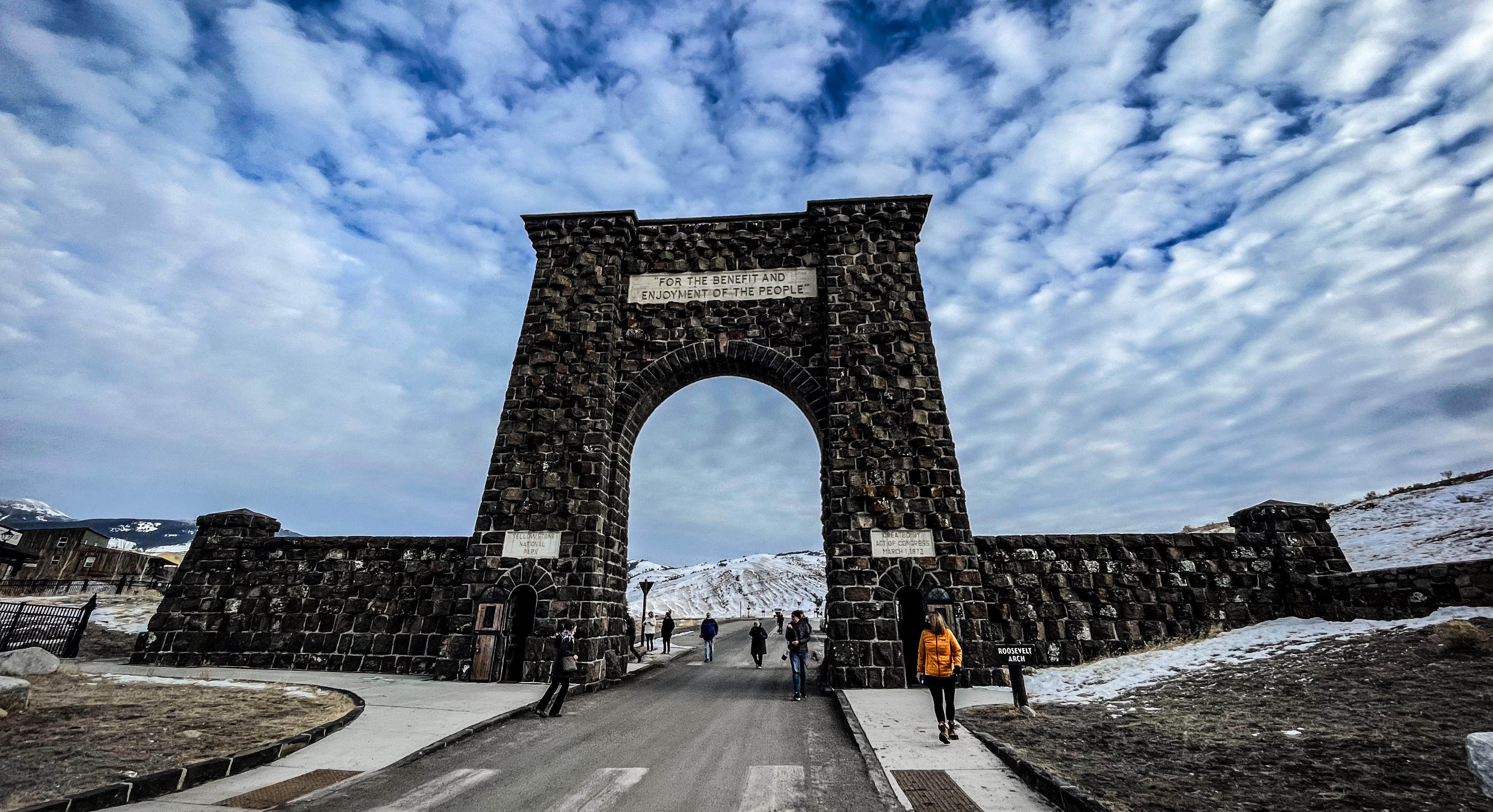
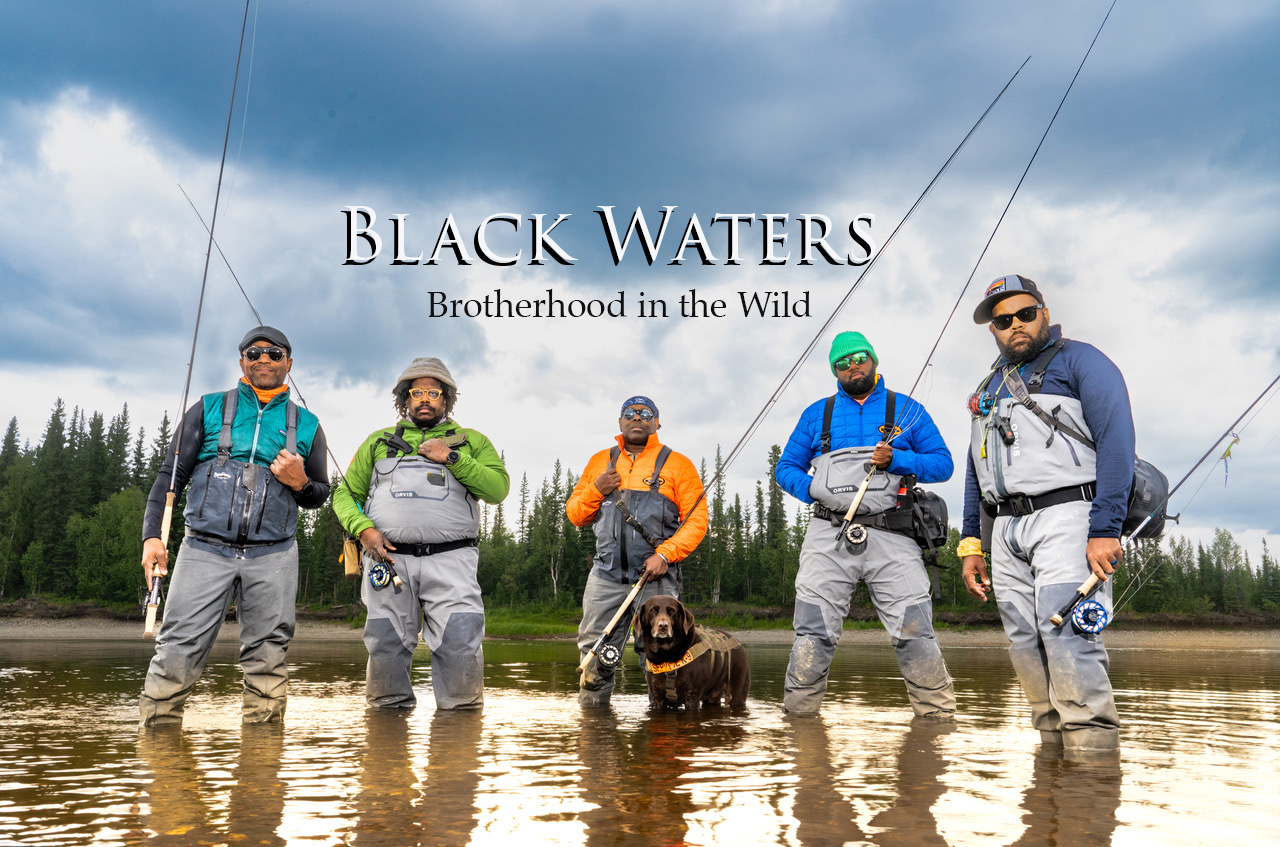
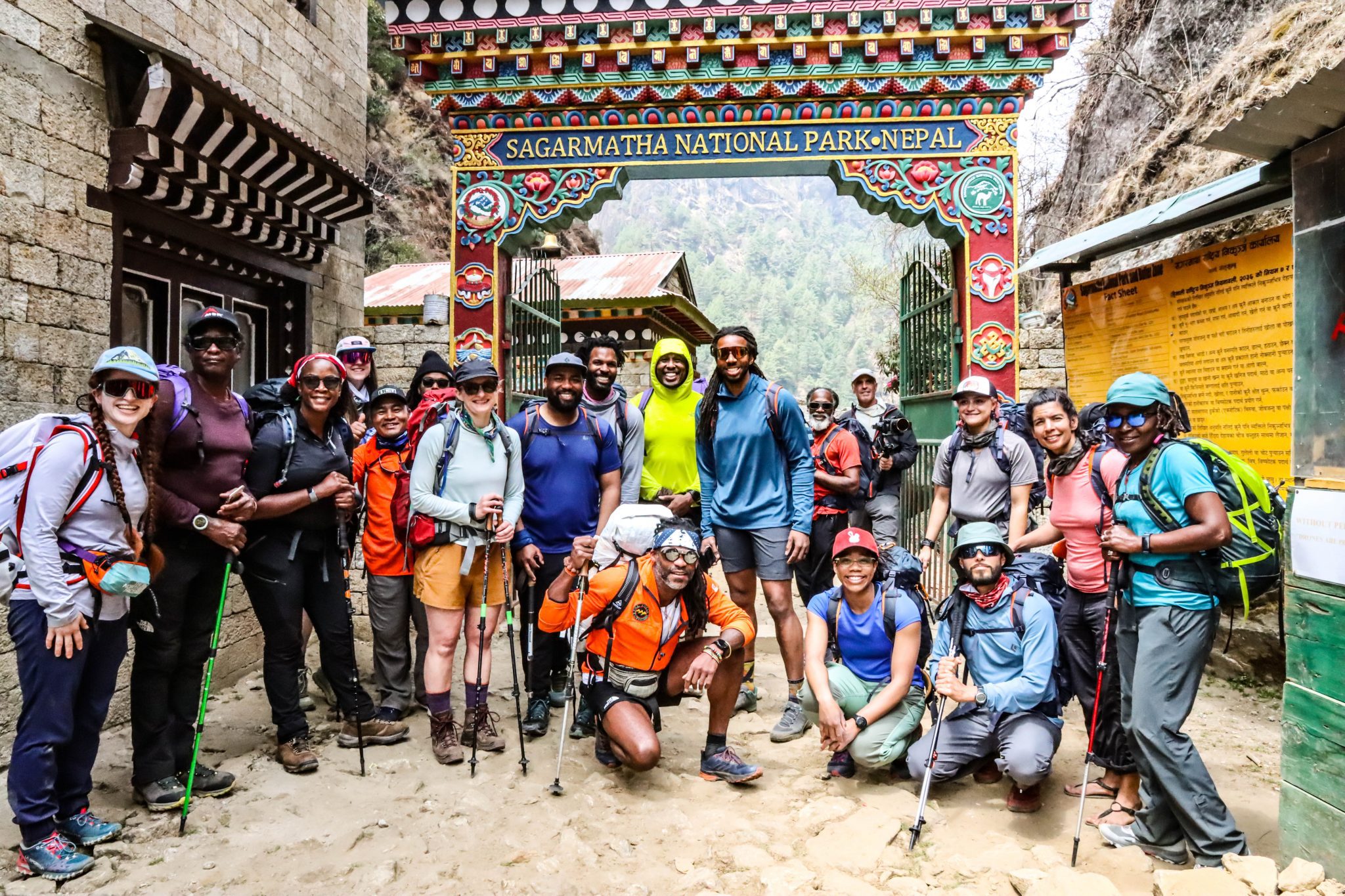
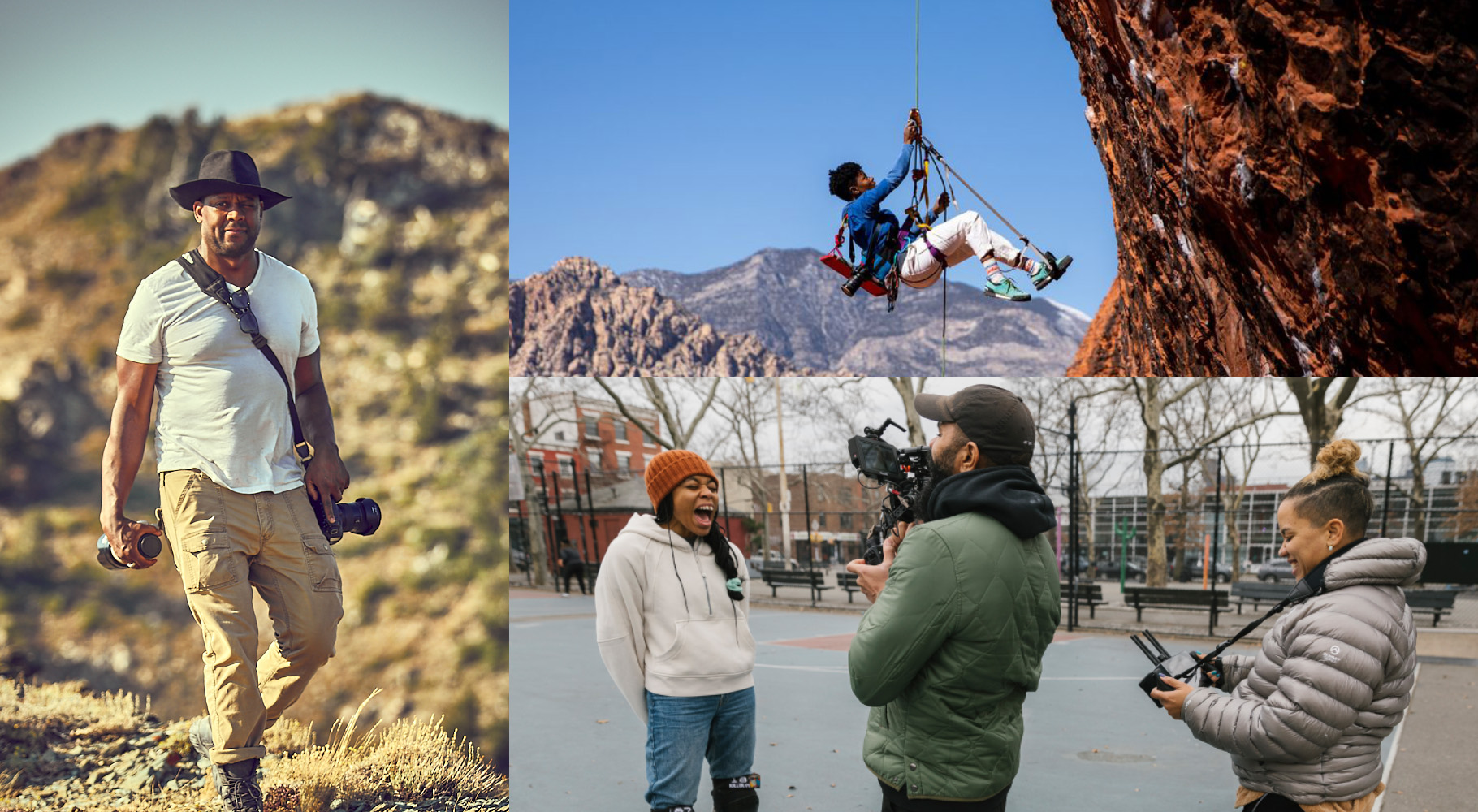
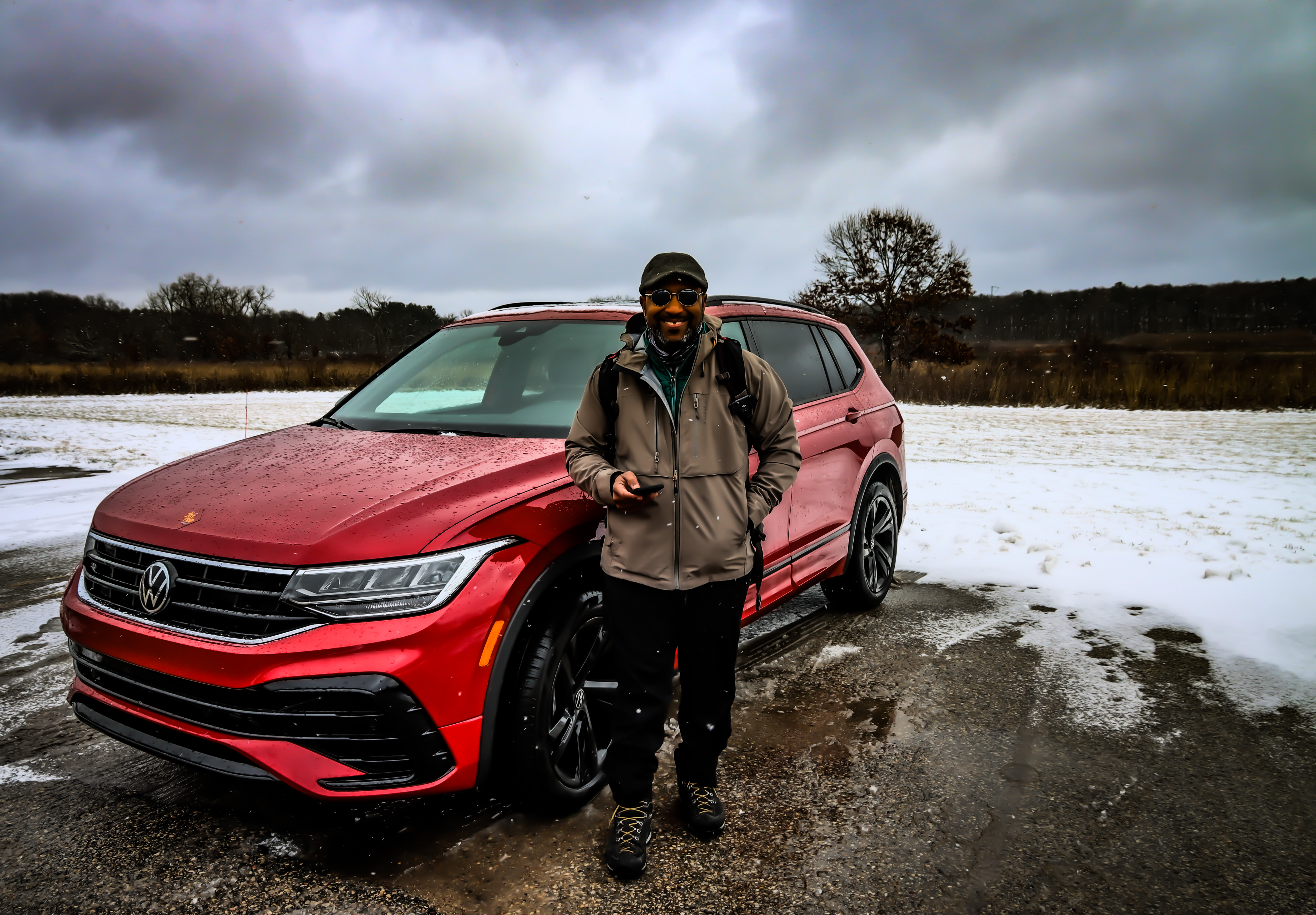


 Today I’m starting a new feature on the Joy Trip Project Blog to generate some discussion on the news of the week. In a quick perusal the morning headlines here are a few items that stood out for me. What’s on your list of top news items you feel socially aware, environmentally conscious people show know about?
Today I’m starting a new feature on the Joy Trip Project Blog to generate some discussion on the news of the week. In a quick perusal the morning headlines here are a few items that stood out for me. What’s on your list of top news items you feel socially aware, environmentally conscious people show know about?
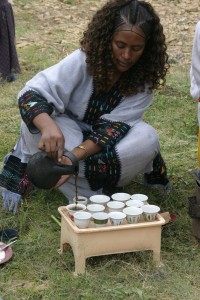 My morning coffee will never taste the same. After three weeks in Ethiopia the standard breakfast blend is desperately lacking that unique flavor of hospitality and culture steeped in a thousand years of tradition. With the rich fresh scent of roasted bunna still wafting through my imagination my thoughts drift back to the highlands of Africa as the sun raises slowly on a crisp autumn morning in Wisconsin.
My morning coffee will never taste the same. After three weeks in Ethiopia the standard breakfast blend is desperately lacking that unique flavor of hospitality and culture steeped in a thousand years of tradition. With the rich fresh scent of roasted bunna still wafting through my imagination my thoughts drift back to the highlands of Africa as the sun raises slowly on a crisp autumn morning in Wisconsin. The Ethiopia Joy Trip is slowly winding down. Today we’ll drive from Hawzen to Mekele where we’ll stay overnight. In the morning we’ll fly back to Addis Ababa. From there I’ll say goodbye to the staff and participants of
The Ethiopia Joy Trip is slowly winding down. Today we’ll drive from Hawzen to Mekele where we’ll stay overnight. In the morning we’ll fly back to Addis Ababa. From there I’ll say goodbye to the staff and participants of 
You must be logged in to post a comment.